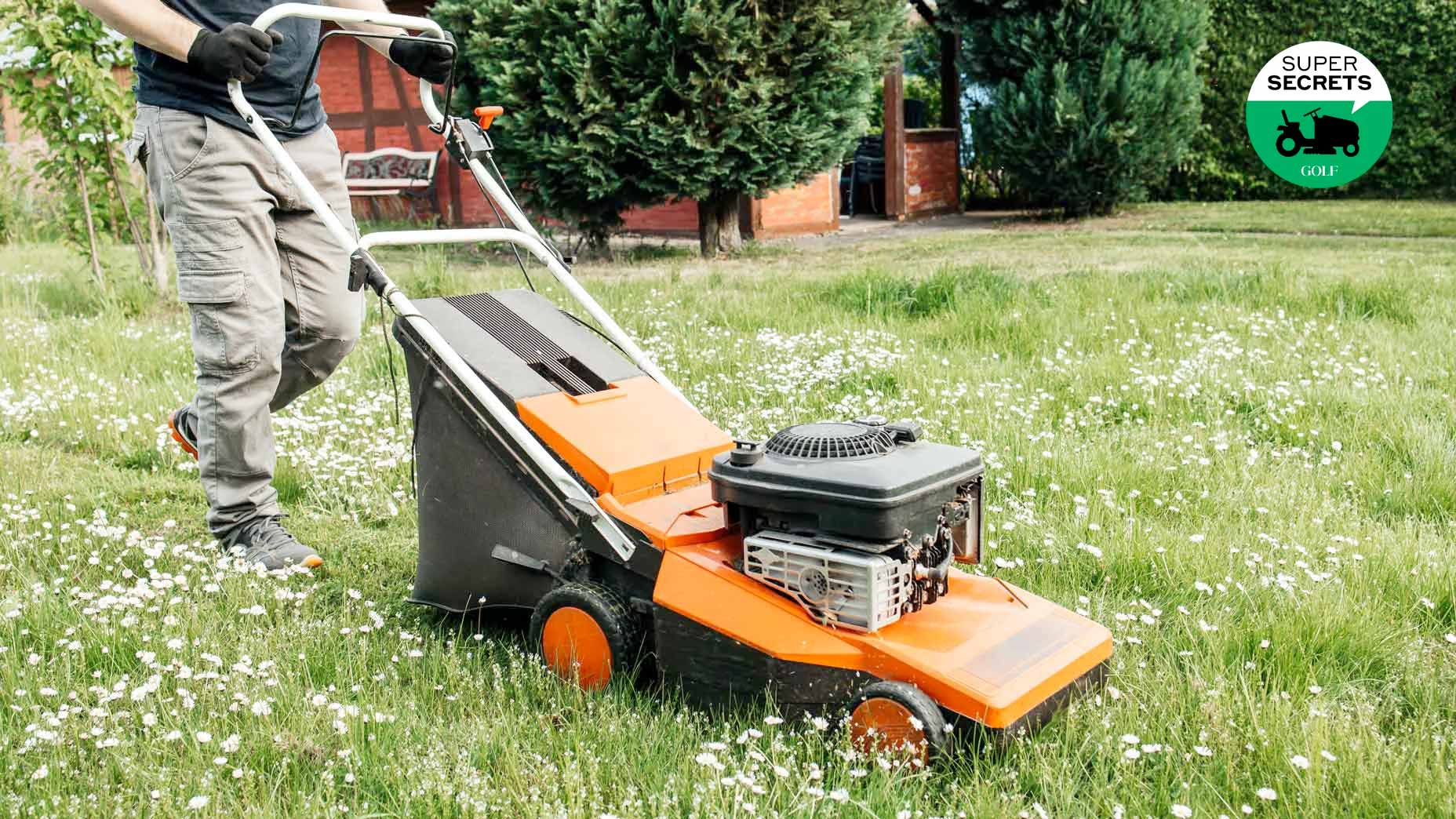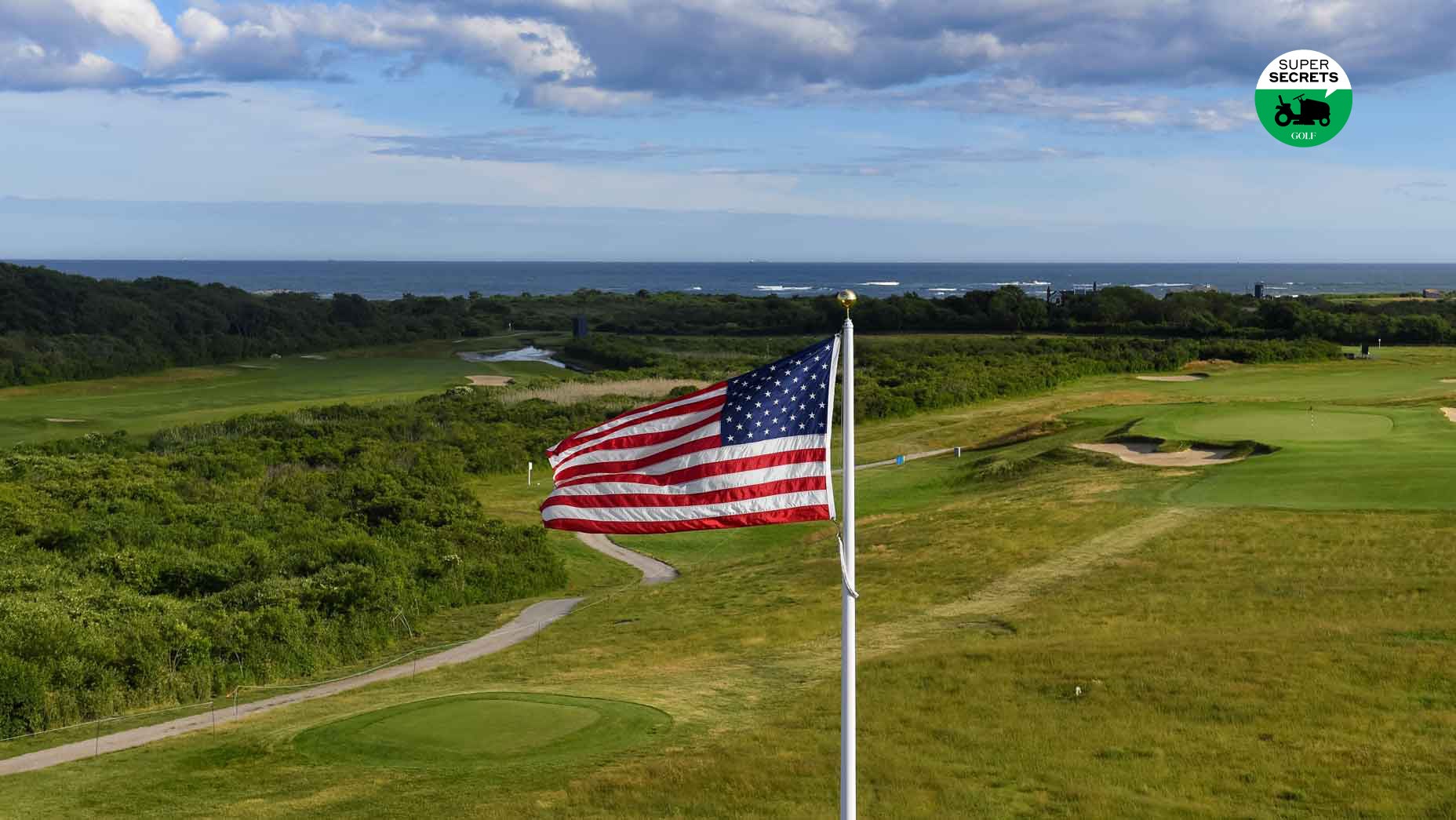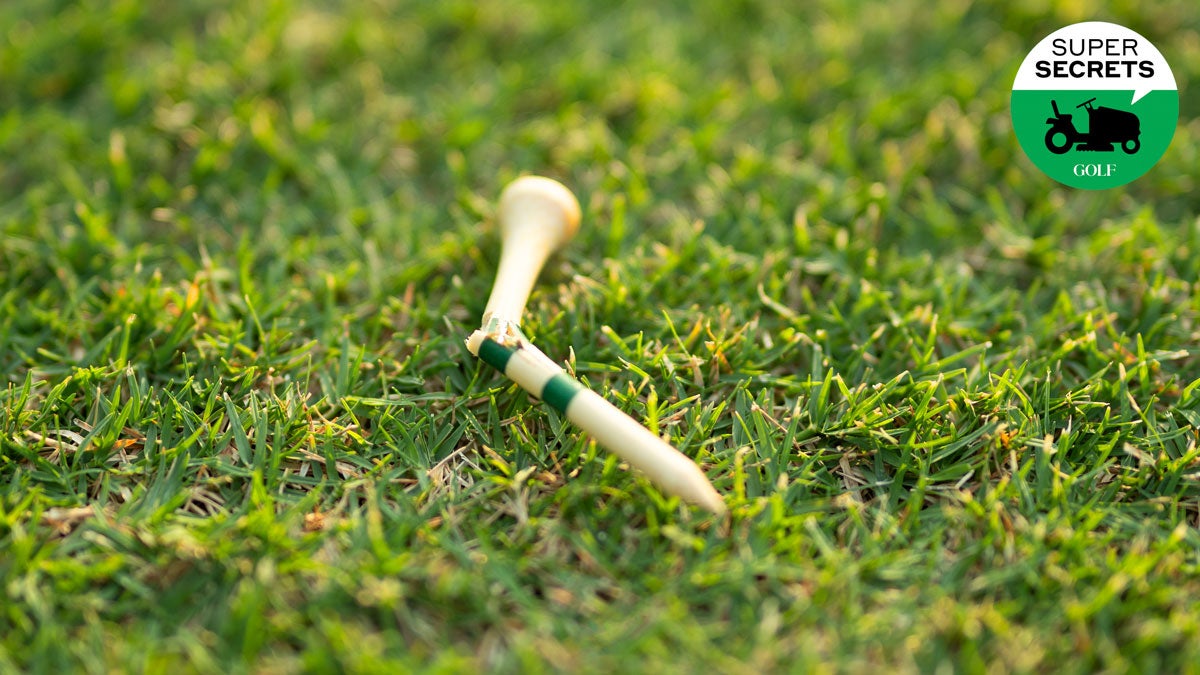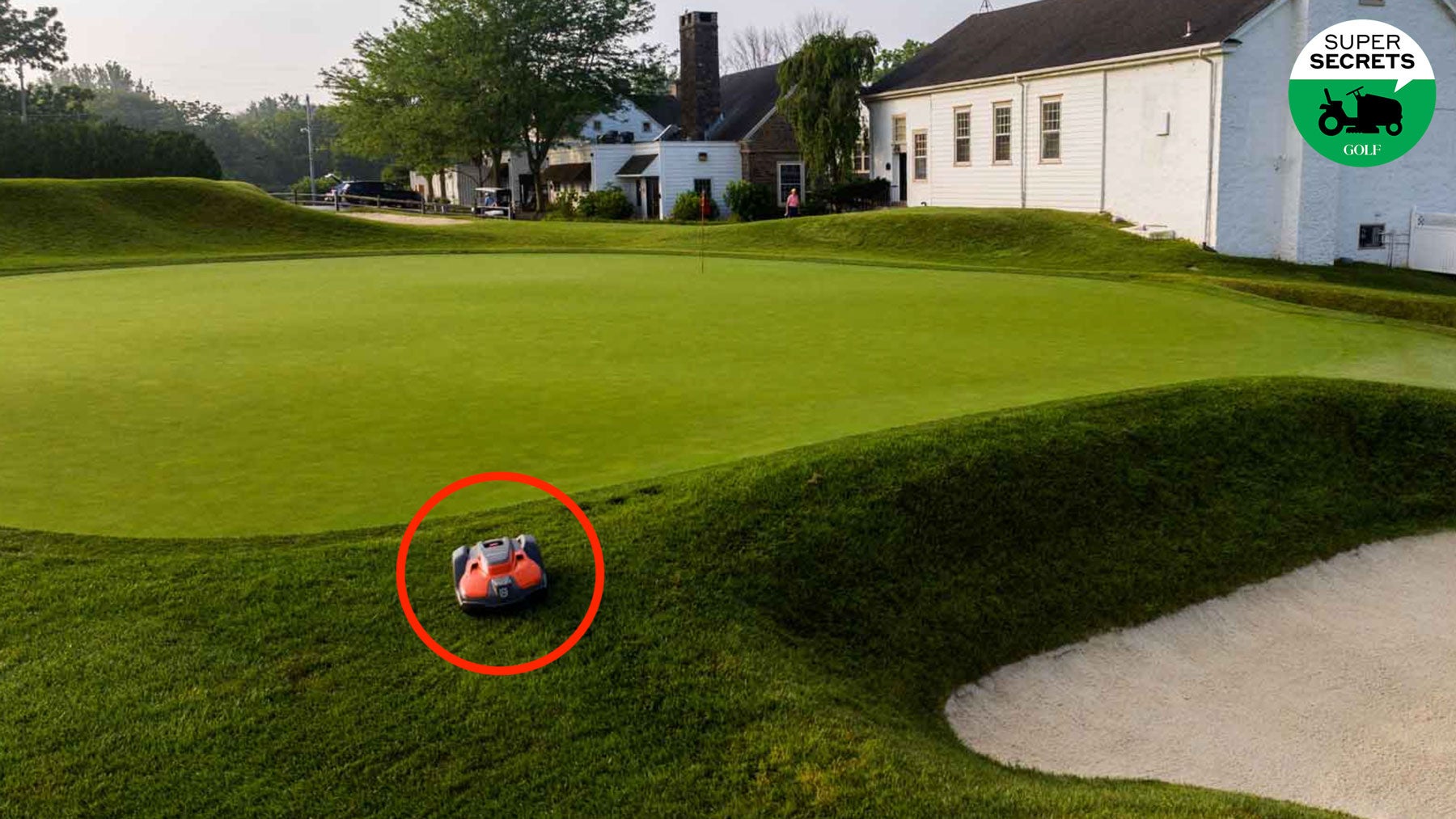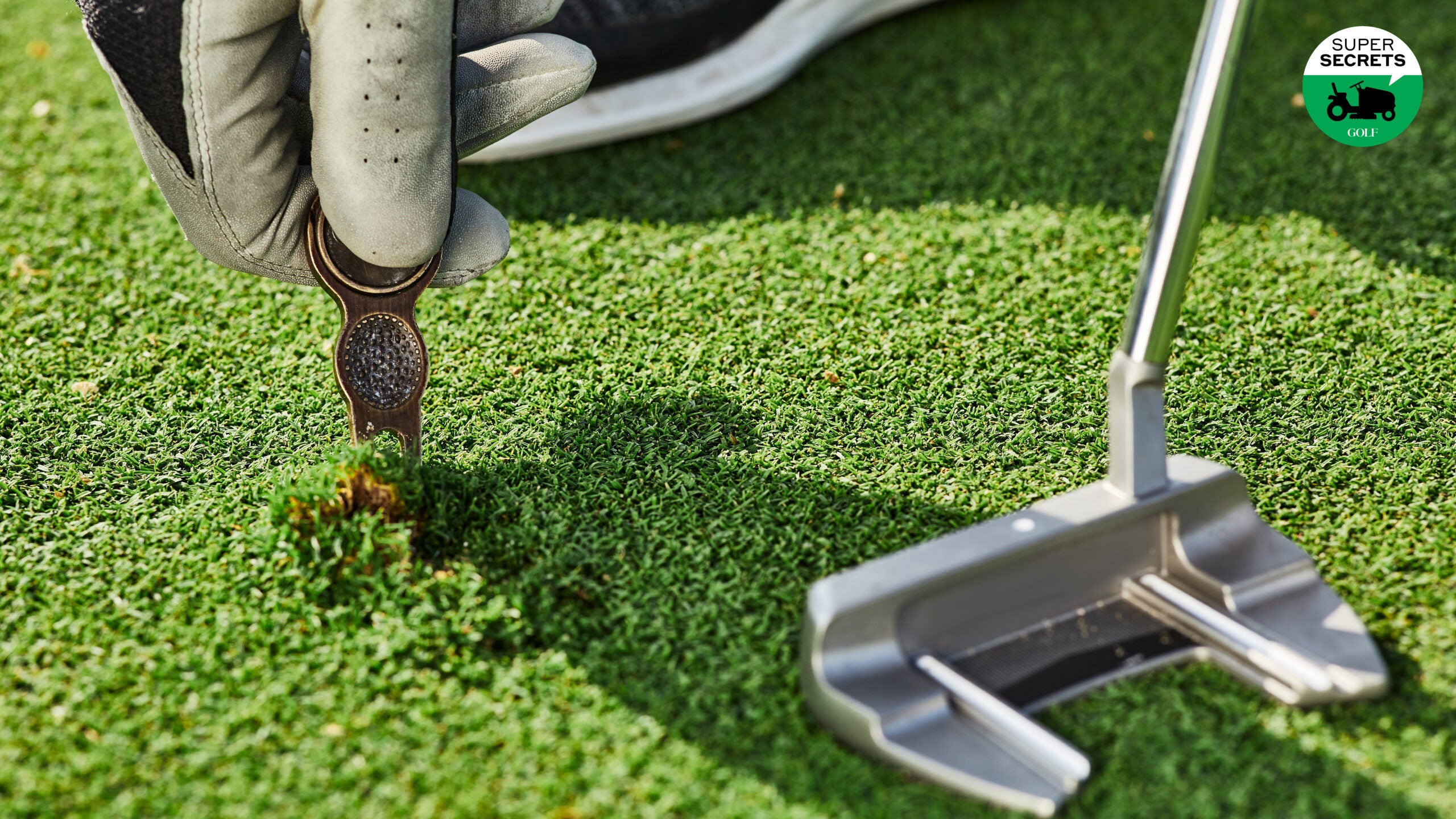How golf courses keep greens alive through brutal winters, according to a superintendent

At Crag Burn Golf Club, in upstate New York, crews shield greens from the winter with a layer of sand
Terrance DiLoreto
It’s been gloomy in Buffalo, N.Y., lately, and not just because the Bills fell to the Chiefs.
After a mild start to the winter, temperatures plunged and snowstorms hit, followed more recently by steady rains that turned everything into a sloppy mess.
These are not conditions meant for growing grass. Turf slips into survival mode. During this seasonal struggle, a big part of a superintendent’s job is to shield grass from the worst so that it can reemerge, healthy, when spring arrives.
Nowhere is this work more important than on the greens, the most vulnerable areas on a course.
Terrance DiLoreto, an eight-year member of the Golf Course Superintendents Association of America, is director of grounds at Crag Burn Golf Golf, in East Aurora, N.Y., eight miles from Highmark Stadium, where the — okay, forget that missed field goal.
Instead, let’s talk to DiLoreto about the strategies and considerations of caring for greens through a rough winter.
The upside of snow
In the Ohio farm town where DiLoreto was born and raised, people referred to snow as “the poor man’s fertilizer.” And no wonder. A soft blanket of the white stuff helps insulate turf from nasty cold. Trouble only comes when temperatures rise and fall, triggering a cycle of thawing and freezing. Thick layers of ice can suffocate turf, while melting conditions invite snow mold and other problems. As winter approaches, DiLoreto and his crew spray greens with fungicides and other plant protectants. From that point on, though, snow and steady temperatures are just about the best things that can happen. “It protects the plant, and makes our job much easier,” DiLoreto says.
To tarp or not to tarp
Like baseball grounds crews during downpours, golf course maintenance teams often pull out tarps in winter to safeguard their greens. “It basically creates a greenhouse effect,” DiLoreto says. “It can be 10 to 20 degrees warmer under there.” On the plus side, those balmier conditions protect the crown of the plant from potentially deadly cold. But they also bring other variables into play. If temperatures rise, DiLoreto says, you have to remove the tarps to give the grass a breather, and “that involves a lot of time and labor.” What’s more, he says, tarp-covered grass has the potential to keep growing, “and that makes me nervous, because I don’t know what’s going on under there.” Diseases or other issues might be taking root. DiLoreto prefers to “let the plant harden off and go dormant,” and that calls for a different approach.
A winter sanding
A standard practice during playing season, it comes in handy in the off-season, too. As winter approaches, DiLoreto and his team carry out what amounts to a robust topdressing. A covering of sand has a Goldilocks effect, protecting the plant crown with a warming layer while allowing the blades of the grass to peak through the top and breathe. Another benefit, DiLoreto says, “is that it adds more sand to the profile, and because we’re going to topdress in April anyway, we’re pretty much killing two birds with one stone.” In severely cold conditions, DiLoreto and his team might use a black-tinted version of the same sand, as the darker color attracts more sunlight. It is not unheard of for superintendents to scatter sunflower seeds for this same purpose. On other sports fields, maintenance crews sometimes use black rubber pellets.
Should you sand at home?
It wouldn’t hurt, but, DiLoreto says, it’s probably not worth the effort. Unlike greens, which are cut so low that it leaves them vulnerable, most lawns have longer grass that is robust enough to make it through the season. “There’s a reason we don’t do anything to our fairways and our rough,” DiLoreto says. “They can pretty much do just fine on their own.”


